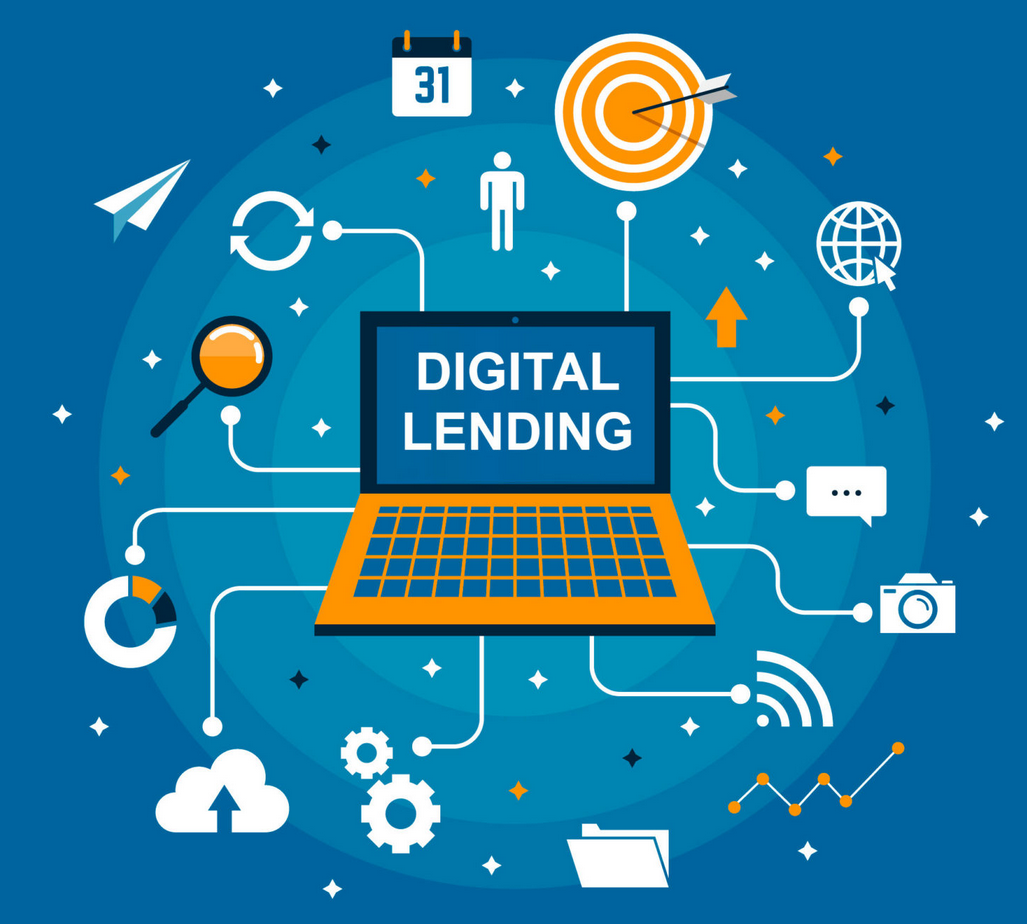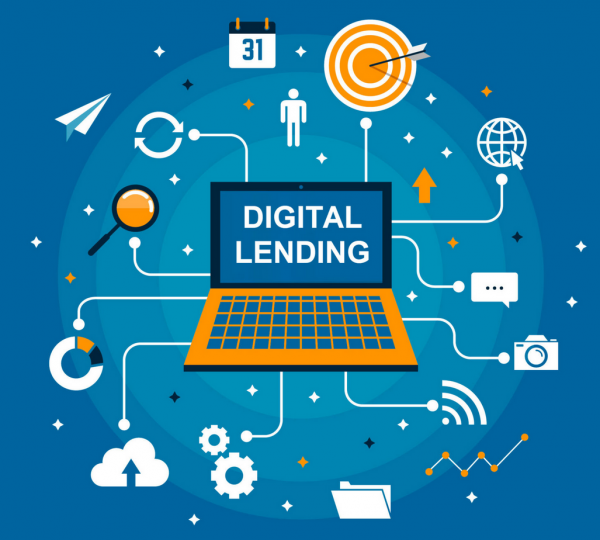Of all types of FinTech companies, the lending platform is the riskiest. Borrowing and lending come with their challenges, naturally. People borrow money from banks to either take care of business or personal needs. Lending institutions – whether digital or traditional – are at the forefront of saving the lives of individuals and businesses. There are various platforms people approach to secure a loan with a promise to pay it back. However, these platforms, especially traditional commercial and microfinance banks, have discouraged borrowers, especially low-income earners, with so many bottlenecks and paperwork.
Read more about Fintech
With the advent of digital technology, lending and borrowing have changed in recent times digital technology, lending and borrowing have changed. With the rise of FinTechs (financial technology), the lending narrative has changed for good, depending on who is asked. Traditional banks and credit unions are fast losing their customers to digital lenders and loan apps. With digital lending platforms, access to credit is easily accessible with zero paperwork.
There are so many opportunities in the lending industry, however, it takes strategic designing and effective structuring to create and run an effective digital lending platform. In this article, I discussed a few ways entrepreneurs can run an efficient and effective digital lending FinTech company.
- Build Your Operations On A Data-driven Structure To Guarantee Safe Decision-making Process
An effective and efficient lending platform runs on adequate data. Therefore, a digital platform must have a detailed background of their prospective customer seeking a loan. The available information will show through the client’s credit history and other financial behaviour if he is qualified to receive a loan. With Artificial Intelligence and Machine Learning technologies, lenders don’t need to manually sift through documents and histories to make a well-informed decision when accessing a client’s capacity and capability to repay loans. Through the use of these technologies, the lending process can be quick, without initiating any unwanted inaccuracies or overlooking important data elements.
- Design A More Streamlined Pathway To Approvals And Subsequent Payouts
To grow a successful digital lending platform, you have to refine your internal processes with the help of technology. By assembling the process of acquiring a loan in a streamlined format, which includes loan inquiry, data submission, data assessment, terms and conditions, loan approval, and subsequent payment under one platform or streamlined processes, and backed up with an elegant user experience (UX) and user interface (UI), it can lead to smooth and shorter loan approval, which is the hallmark of a good digital lending platform. This streamlined process can also be captured under the concept of “smart contract”. According to IBM, Smart contracts are simply programs stored on a blockchain that run when predetermined conditions are met. They are typically used to automate an agreement’s execution so that all participants can be immediately certain of the outcome, without an intermediary’s involvement or time loss. When these bottlenecks are removed, more applicants are drawn to your platform.
Sign up to the Connect Nigeria daily newsletter
- Design Alternative Lending Solutions
To build a successful digital lending platform, introducing alternative lending solutions is another way to go. One of such alternative lending solutions lenders can provide is Peer-to-peer lending. Popularly known as P2P lending, this is the process of lending money to individuals or businesses through online services that match lenders with borrowers. This innovative concept can refine the lending process and reduce delays between loan application, approval, and the provisions of loans. Through this alternative provision, bottlenecks experienced in the traditional banking service, which include customers depositing collateral before accessing loans are eradicated. This alternative will be helpful to digital lenders who aren’t in a position to directly disburse loans to borrowers quickly but can readily match them with lenders. With this, they can stay ahead of the competition.
- Create Structures Around Improved Security And Compliance
To stay ahead security-wise, it is recommended to adopt modern technologies which can position you to maintain modern security standards. This adoption of new technologies is pivotal for digital lenders so that they can remain fully compliant in various areas, encompassing data privacy, cybersecurity, fraud detection, cloud governance, and otherwise. Systems like Blockchain are instrumental in these areas, with many such solutions harnessing predictive analytics, AI, automated machine learning, and other elements, to help lenders look after their customers and finances.
- Build A Forward-looking Company Culture
Being forward-looking as a lending platform guarantees long-term success. Therefore, it is expedient that you’re open to change and are agile in your operation. This will require you to do away with obsolete and outmoded legacy hardware and software. Digital lenders, like other sectors in the FinTech industry, must look forward to adopting state-of-the-art technology to refine their process and give customers the best customer experience (CX).
Featured image source: Quora
Got a suggestion? Contact us: [email protected]


